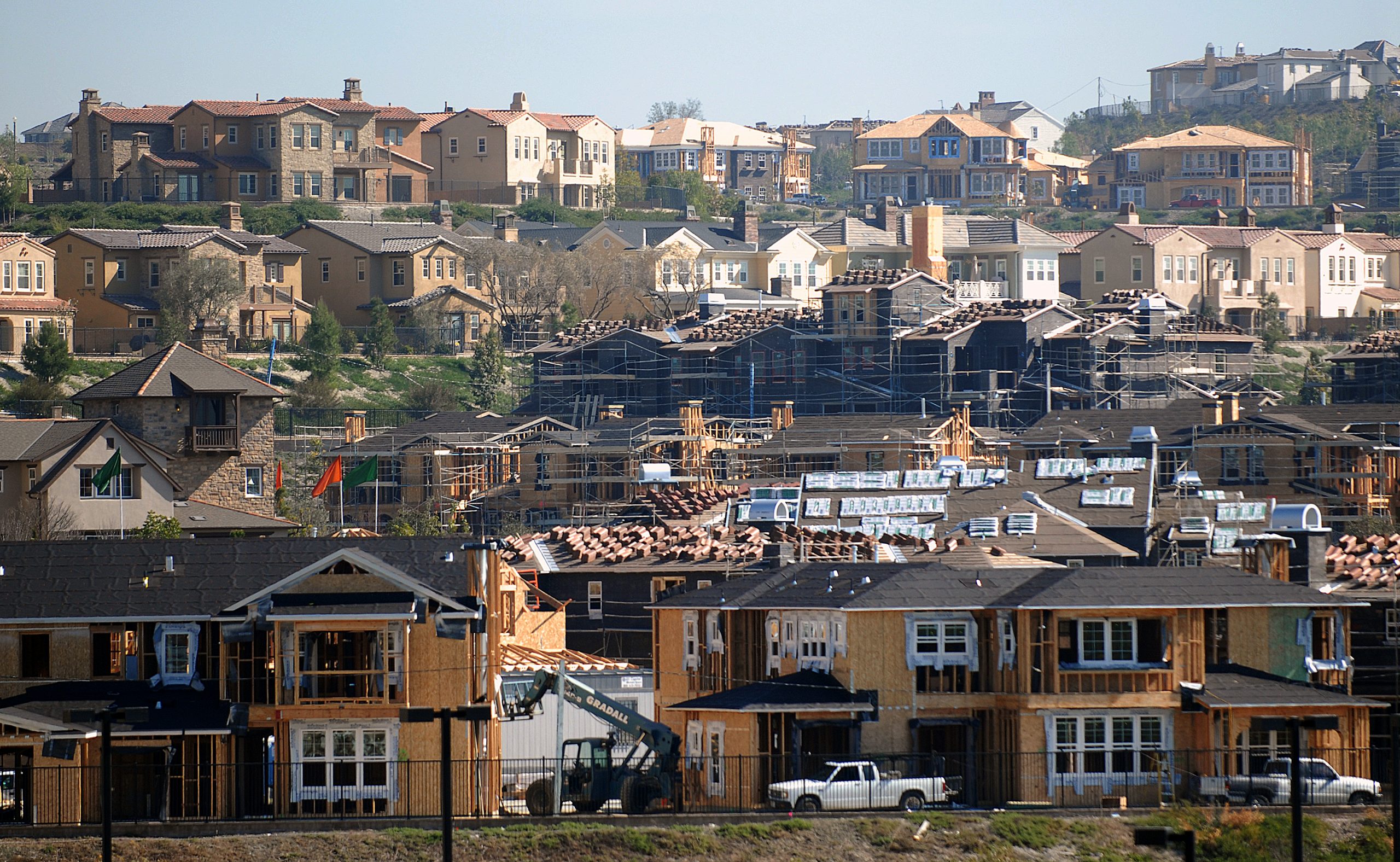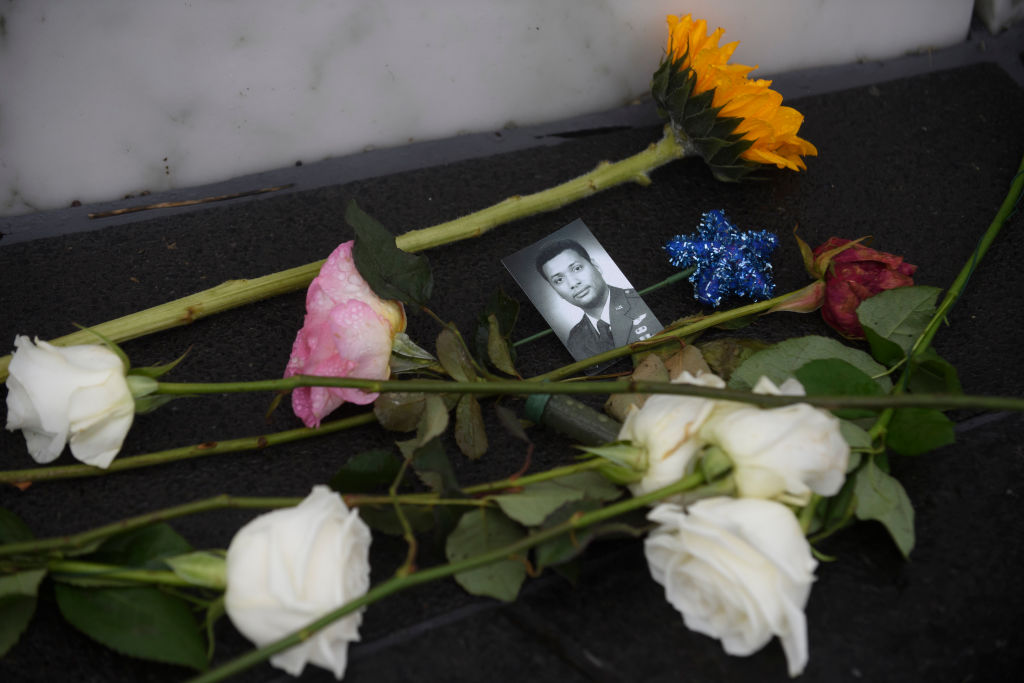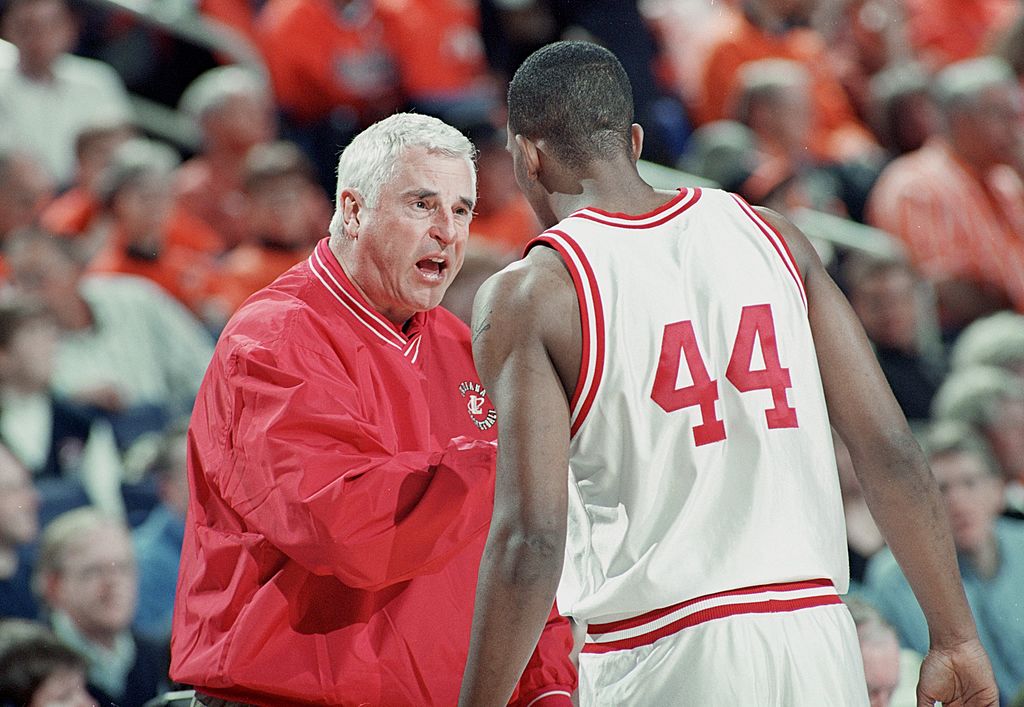America doesn’t need to cram everyone into little boxes; we need to build new cities.
America’s Renaissance

Meditating on Italy’s cultural treasures can help stop our civilizational spiral.
As our own empire crumbles, we need to consider Italy, with its many churches, ruins, and reminders of a fallen empire around every corner.
Years ago, I was packing to go to Italy for the first time. Today, I am preparing to go again, as a seasoned friend of the ancient land.
Looking back at the weeks before that original trip, all I can think of is the chaos of early grad school days in Austria, combined with severe jet lag and the early rumblings of some personal health issues that would erupt more emphatically a year later.
Latin conjugations and St. Augustine’s City of God echoed in my brain, and all I wanted to do was sleep. But while I was sitting in the centuries-old Austrian summer palace that served as our main school building, a Lithuanian friend shyly asked me to consider joining her and two others for a trip to Italy in honor of St. Francis of Assisi.
The trip was not restful. GPS wasn’t yet sophisticated enough to shield us from the mishap of one barely misspelled foreign word. At 1 a.m. we were driving down increasingly narrow paths until the road reduced to grass and dirt, ending at a tiny grave marking for “Norchia.” Our desired destination, Norcia, was still hours away.
We finally arrived in the ancient commune in the countryside of Umbria where St. Benedict, the father of monasticism in the West, was born. It was pitch dark, and we couldn’t wake the owner of the hostel. The four of us—small me and three very tall Lithuanians—proceeded to spend the night cramped in a comically tiny European car. I remember drifting weakly into sleep, numb from the weeks before and the 15 hours of travel, and regularly waking to watch a spider curl out its web around the front headrest.
But I woke to dawn-covered cobblestone and cold October air, and a joyful priest sat us down to apples and chocolate bread pudding and espresso while the light played over the city wall. I was never the same again. While I also had a separate love affair with Vienna (I lived just outside the city limits the following three years), I can only remark with a sigh that nothing else is Italy. Like many describe a faith conversion experience, there is me before Italy and me after.
We spent the next few days wandering the Catholic hot spots—day trips to Assisi, Cascia, and Venice, as well as an overnight stay in a stone cottage in the misty hillside of La Verna, where St. Francis is said to have received his stigmata in the 1200s.
The entire experience is my most vivid encounter with Flannery O’Connor’s grace-pulsed sense of reality. Everything was alive, strong, thick, abrasive, beautiful, real. Every moment full, every taste strong, every step beating with the pulsing of the supernatural. Beauty reigned as queen.
The day after we visited the San Francesco Basilica, I called the feeling in my body the next morning a “beauty hangover.” I could still feel the breathlessness of looking up at the ceiling and seemed to have no more capacity for loveliness; I was sated and glutted and satisfied.
But, like so much of Europe—where the stubborn shells of cathedrals barely mask the hollowed-out reality of the loss of faith—Italy is losing itself. Along with the psychological and spiritual weaponry leveled at the West over many decades, Europe never seems to have recovered from the horror and trauma of the world wars. There is much that is bleak.
Vintage Italians, whose ancestors survived centuries of plagues and famines and wars, are becoming scarce as globalism shifts the demographics of all nations, and Italians are no longer having as many children as they once did. As Christianity’s robust inner heart drains out of most Italians, the architecture and astounding beauty is sometimes like a reliquary of its own past.
What America must learn from Italy is the abiding, unshakable power of beauty that lasted millennia and the tremendous, deeply human gift of living well, of cherishing what is delightful and lovely and delicious and slow. America needs these things if she hopes to rebuild from the rubble that is piling up around her.
Italy takes seriously some critically important things that we too often forget or might never have emphasized sufficiently: the human needs for rest, friendship, the time to walk and think; the value of little things being a source of expansive fulfillment, from food to clothing to small interactions; the obvious value of a life that cares about beauty. This disposition seems unavoidable precisely because so much of the surrounding architecture soundlessly proclaims eternal things; in the shadows of centuries of greatness, it is harder to be swept up in what is cheap, competitive, and passing. There is an inescapable gift of perspective.
When we linger on the loveliness of Italy, contemplating its ability to affect those who encounter it, we will quickly come to know that we want to build a world that both serves the real and deep human needs we have long neglected in so much of American culture, as well as intentionally building something to last.
There is so much to love and value about American culture, and in no way does the contemplation of another great nation undermine this; rather, it helps reveal the essential good things that make up every worthy civilization and, from that revelation, inspire an outgrowth of the things that are authentic to that place. In my own experience of loving places, including both America and Italy, I have come to love my home in Canada only more richly.
From this point, then, can we begin to imagine an America that sees itself five hundred years in the future, and build in a way that approximates the eternal and states proudly that it intends to preserve itself? And yes, this means constructing cathedrals, but it also means considering the way we structure our towns and cities, how we build our houses and streets, what materials we value, what kinds of things we teach our children, and the pride we take in our land, agriculture, and food, with the generations to come in mind.
Let’s presume America is able to reconfigure herself and becomes a deeper, better version of what she was always meant to be. Imagining the future, what would the forces be that historians many years on will say “almost ruined American civilization?”
There is a bifurcation between the “Global American Empire,” whose leaders have little to no affection or loyalty to the nation’s unique way of life, history, or people versus the heart of America and true Americans; in our thriving future America, the latter won out by recovering an authentic sense of who she was and living it out with courage, selflessness, and ingenuity.
Similarly, woke Marxist ideology and other extreme, destructive forces are defeated by goodwill, common sense, and a revival of truth, beauty, and goodness—one that also doesn’t exclude but necessarily includes a pragmatic approach to criminal destruction; we recover the value of justice for the good of all. We will have long wisely recognized that there can be no building without preventing its ongoing undermining.
Attempts at transhumanism and other extreme approaches to technological integration will have devolved simply into useful tools that augment human flourishing and creativity, but are otherwise rejected as ultimately unfitting for a rich, meaningful, and lasting human civilization.
Misconceptions of local building as a governmental policy “ism” rather than something organically rooted in strong human ties and inspiration will instead be properly understood as prudently applied subsidiarity and personal responsibility—starting with the family.
Rejection of God, faith, and even classical philosophy that proclaims to us to “look up” will be replaced by its embrace—or at least wise tolerance—leading to a re-infusion of the charm and delight in living that has the power to eclipse sterile materialism.
Finally, capitalism will embrace a longer time horizon that wisely recognizes that personal economic decisions made with future generations in mind will ultimately bear true wealth—yes, profoundly financial and productive, but also in the form of human thriving, stable and joyful communities, and the building of legacies worth being remembered for. We will again want to build the symbolic equivalents of cathedrals in every industry instead of proliferating the various plastic knick-knack versions of them. Real wealth will have come to be understood as lasting economies that pass success to future generations, rather than building up a castle of debt on sand to collapse on our children.
To my mind, putting aside these current possible forces of destruction that make dreaming seem impossible and impractical and imagining some of their positive replacements, we can imagine building things for humans again, and at human scale. We can zone our cities with real community, meaningful relationships, and local trade in mind. We can picture places where we want to buy coffee from the same ornery man every day, where details are beautiful and stores are unique and every region develops its own flavors and unique cuisine. We can think about intentionally working to make all of life beautiful. We can plan to build towering structures that rival the greatness of the past, and we can do this through educating talented minds in beauty and encouraging those with means to build legacies instead of only spreadsheet calculations. All of this is in our reach if we choose it.
Italy—in a variety of its previous forms—was young once. By comparison, America is young now too. Learning from Italy, we can fight to discover and preserve America’s true lasting treasures while choosing to build many more for a civilization that will be worth fighting for.
And in the meantime, we can prioritize beauty and human flourishing in our own lives and the lives of those we love, constantly speaking this ancient intuitive language of fullness and joy.
The American Mind presents a range of perspectives. Views are writers’ own and do not necessarily represent those of The Claremont Institute.
The American Mind is a publication of the Claremont Institute, a non-profit 501(c)(3) organization, dedicated to restoring the principles of the American Founding to their rightful, preeminent authority in our national life. Interested in supporting our work? Gifts to the Claremont Institute are tax-deductible.
When politics trumps basic humanity.
The two decades since the 9/11 attacks have revealed that the American spirit is not completely gone in the heartland.
Feminism seeks the extinction of the kind of men who built the world.
The legendary basketball coach represented a vanishing type of American masculinity.
Upper- and lower-class skeletons are emerging from their respective closets.






